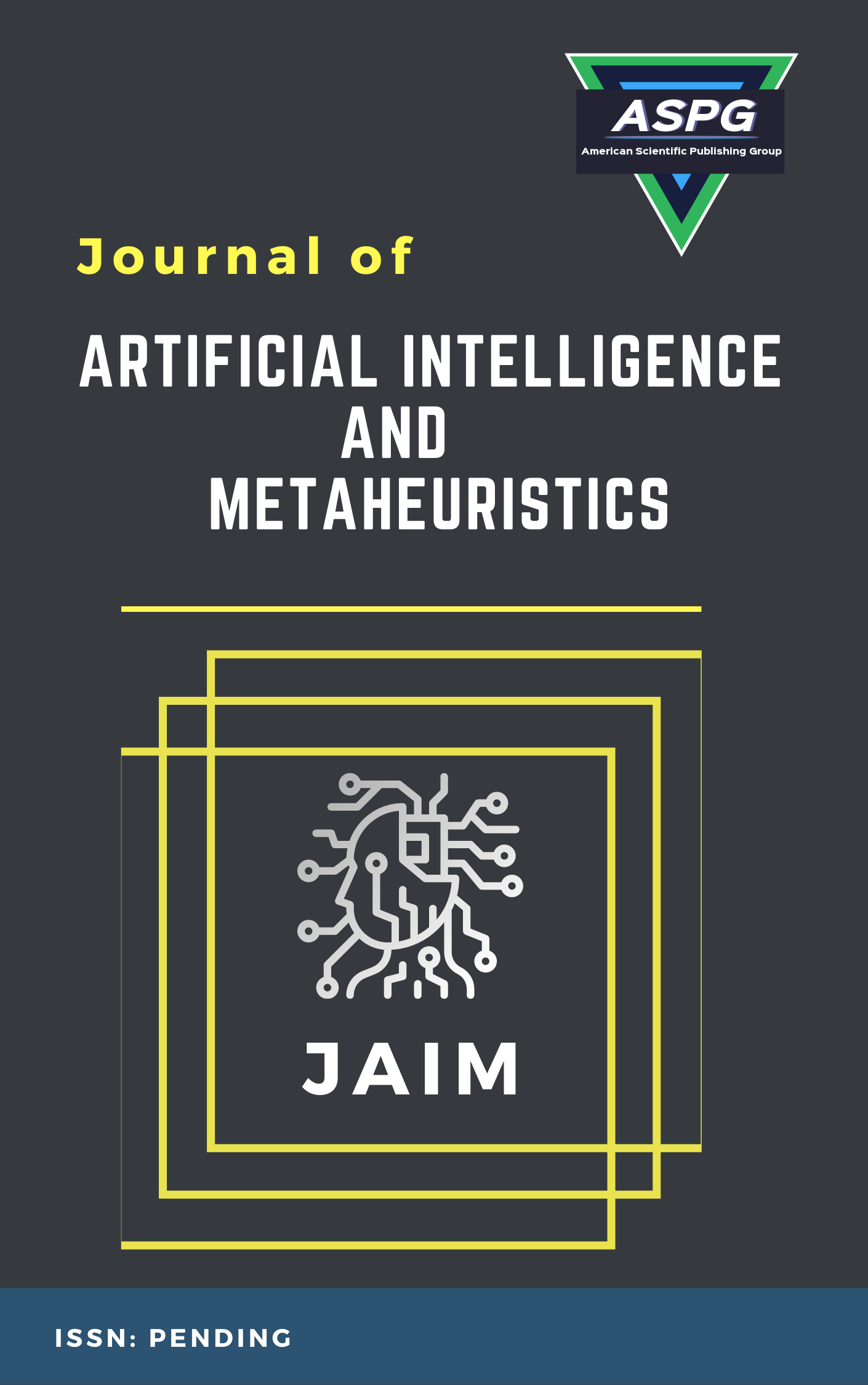

Volume 9 , Issue 1 , PP: 11-19, 2025 | Cite this article as | XML | Html | PDF | Full Length Article
Khaled Sh. Gaber 1 * , Manish Kumar Singla 2
Doi: https://doi.org/10.54216/JAIM.090102
The lack of water is one of the most crucial problems of our day; therefore, optimized water resource management and predictions gathered by patrons are of utmost importance. In the turmoil of a country like India, which lives a variety of lifestyles and has a complicated network of rivers, the urgent need for an active point of view to take care of water shortages becomes exceptionally vital. In this study, India’s groundwater, available at the district level for the year 2017, was the area of focus, with this analysis utilizing a dataset of 689 rows, each representing a district, and 16 columns describing the various groundwater extraction and recharge metrics. The study involves five regression models adapting RandomForestRegressor, DecisionTreeRegressor, MLPRegressor, KNeighborsRegressor, and SupportVectorRegression for water resource evaluation and prediction. Every model is appraised by using a thorough metrics set where we incorporate Mean Squared Error (MSE), Root Mean Squared Error (RMSE), Mean Absolute Error (MAE), Explained Variance Score (EVS), Max Error, Median Absolute Error (MAE), Mean Absolute Percentage Error (MAPE), R-squared (R2), among others. Our results put the spotlight on RandomForestRegressor, making MSE measures the same as 0.000206624, endorsing its better performance versus the criteria considered. The approach used in this model provides us with an ensemble effect that makes it more robust in the sense that we can capture the interrelationships within the dataset in a comprehensive way. DecisionTreeRegressor also provides nice options for precision and transparency. The use of such models depicts the potential value of predictive analytics, which has the role of improving resource management and planning because we can all agree that the impending water crisis is also a fact. These research outcomes provide us with important data for well-informed decisionmaking and strategic management of water reserves through all avenues and most affected areas to air most of the impact of water scarcity.
Groundwater , Random forest Regression Model , groundwater production , water security
[1] E. M. Almetwally and M. A. Meraou. Application of environmental data with new extension of nadarajah-haghighi distribution. Computational Journal of Mathematical and Statistical Sciences, 1(1):26–41, 2022.
[2] H. Z. Muhammed and E. M. Almetwally. Bayesian and non-bayesian estimation for the shape parameters of new versions of bivariate inverse weibull distribution based on progressive type ii censoring. Computational Journal of Mathematical and Statistical Sciences, 3(1):85–111, 2024.
[3] Maryam Karimi-Mamaghan, Mehrdad Mohammadi, Patrick Meyer, Amir Mohammad Karimi- Mamaghan, and El-Ghazali Talbi. Machine learning at the service of meta-heuristics for solving combinatorial optimization problems: A state-of-the-art. European Journal of Operational Research, 296(2):393–422, January 2022.
[4] Yoshua Bengio, Andrea Lodi, and Antoine Prouvost. Machine learning for combinatorial optimization: A methodological tour d’horizon. European Journal of Operational Research, 290(2):405–421, April 2021.
[5] R. Alotaibi, G. R. AL-Dayian, E. M. Almetwally, and H. Rezk. Bayesian and non-bayesian two-sample prediction for the fr´echet distribution under progressive type ii censoring. AIP Advances, 14(1):015137, 2024.
[6] Khader M. Hamdia, Xiaoying Zhuang, and Timon Rabczuk. An efficient optimization approach for designing machine learning models based on genetic algorithm. Neural Computing and Applications, 33(6):1923–1933, March 2021.
[7] Yilin Ma, Ruizhu Han, and Weizhong Wang. Portfolio optimization with return prediction using deep learning and machine learning. Expert Systems with Applications, 165:113973, March 2021.
[8] Jichao Li, Xiaosong Du, and Joaquim R. R. A. Martins. Machine learning in aerodynamic shape optimization. Progress in Aerospace Sciences, 134:100849, October 2022.
[9] Defu Zhu, Biaobiao Yu, Deyu Wang, and Yujiang Zhang. Fusion of finite element and machine learning methods to predict rock shear strength parameters. Journal of Geophysics and Engineering, 21(4):1183– 1193, August 2024.
[10] A. T. M. S. Rahman, T. Hosono, J. M. Quilty, J. Das, and A. Basak. Multiscale groundwater level forecasting: coupling new machine learning approaches with wavelet transforms. Advances in Water Resources, 141:103595, 2020.
[11] H. R. Pourghasemi, N. Sadhasivam, S. Yousefi, S. Tavangar, H. Ghaffari Nazarlou, et al. Using machine learning algorithms to map the groundwater recharge potential zones. Journal of Environmental Management, 265:110525, 2020.
[12] R. Barzegar, S. Razzagh, J. Quilty, J. Adamowski, H. Kheyrollah Pour, et al. Improving galdit-based groundwater vulnerability predictive mapping using coupled resampling algorithms and machine learning models. Journal of Hydrology, 598:126370, 2021.
[13] P. Malakar, S. Sarkar, A. Mukherjee, S. Bhanja, and A. Y. Sun. Chapter 40 - use of machine learning and deep learning methods in groundwater, pages 545–557. Elsevier, 2021.
[14] K. A, A. Nair, and G. Singh. An improved hybrid-coupled model for delineation of groundwater potential zones using surface and climatological factors. Theoretical and Applied Climatology, 151(3):2001–2022, 2023.
[15] A. Zahid, M. Q. Hassan, and K. M. U. Ahmed. Simulation of flowpaths and travel time of groundwater through arsenic-contaminated zone in the multi-layered aquifer system of bengal basin. Environmental Earth Sciences, 73(3):979–991, 2015.